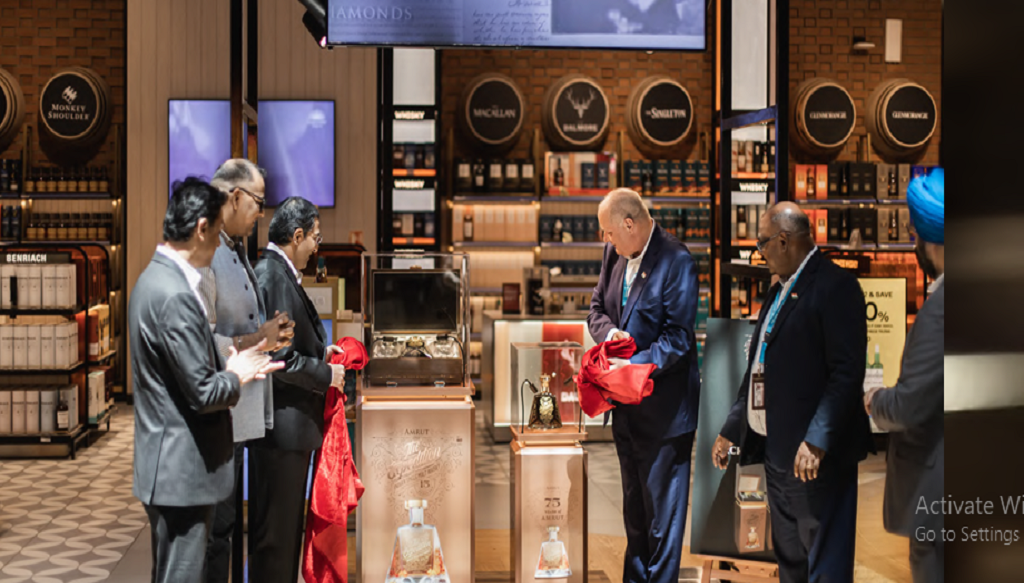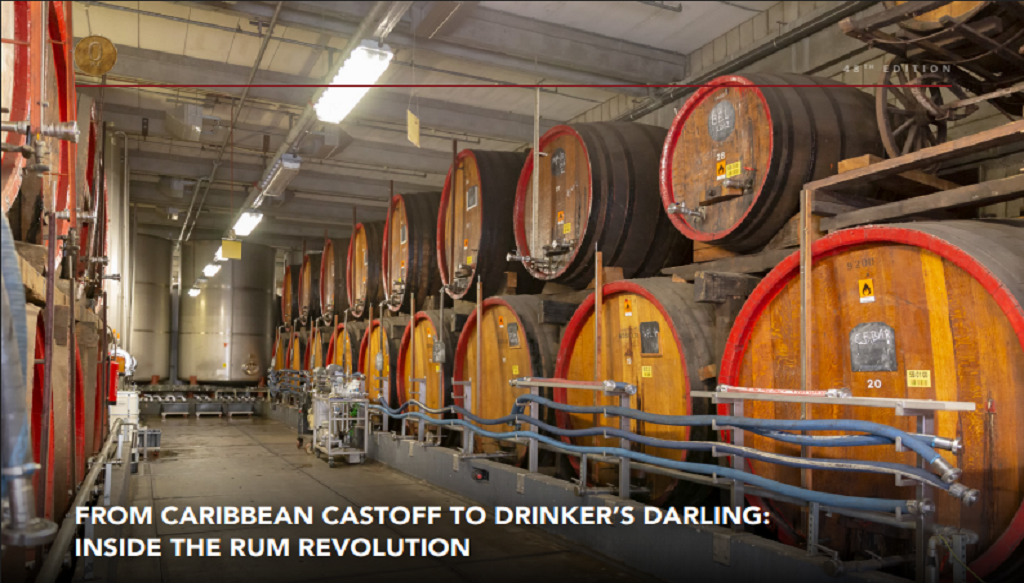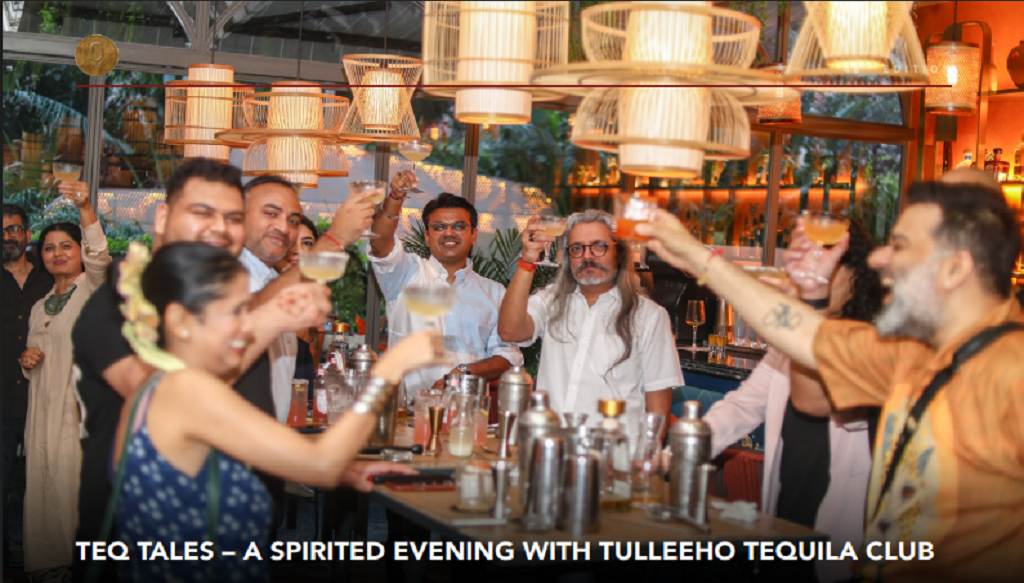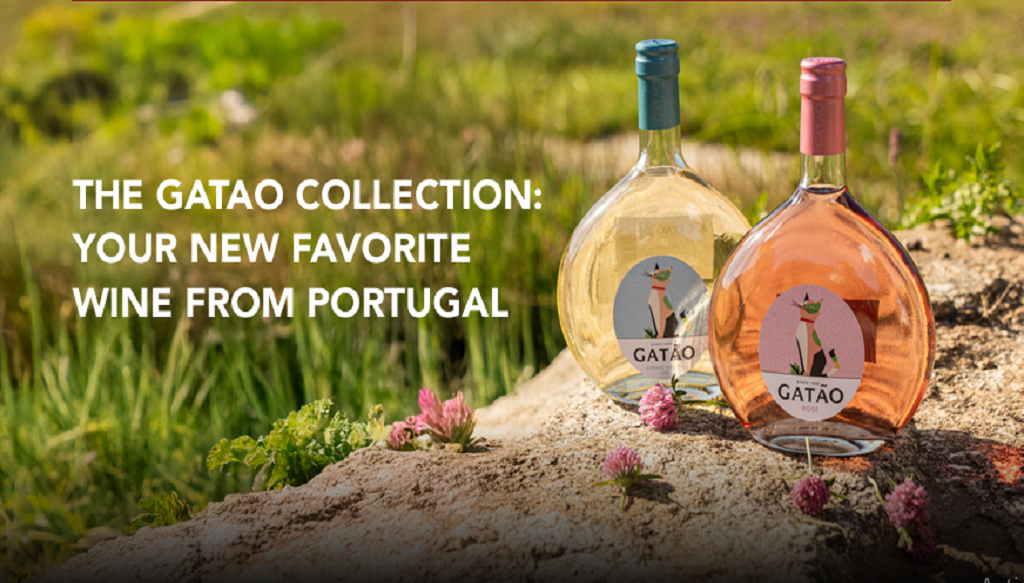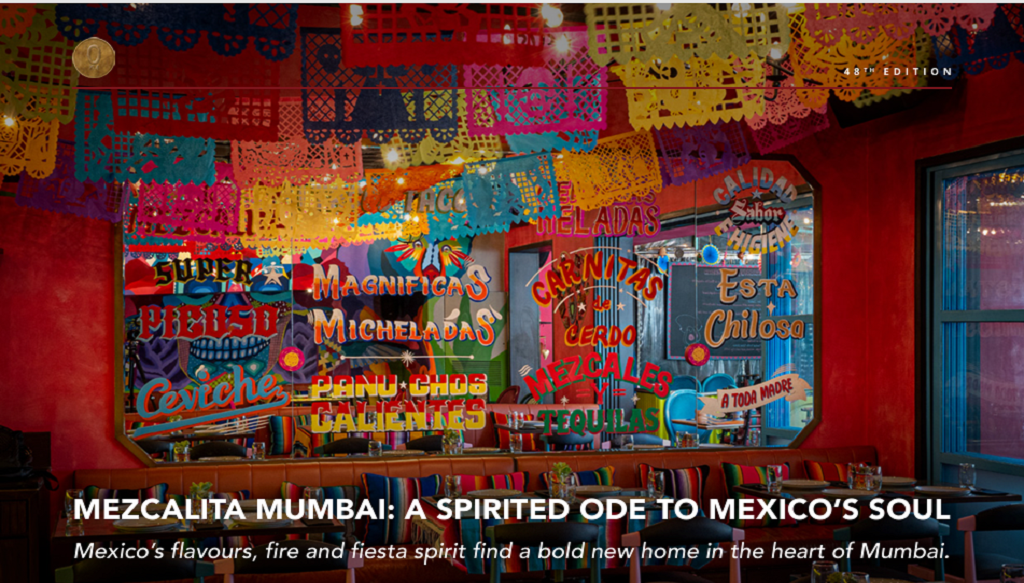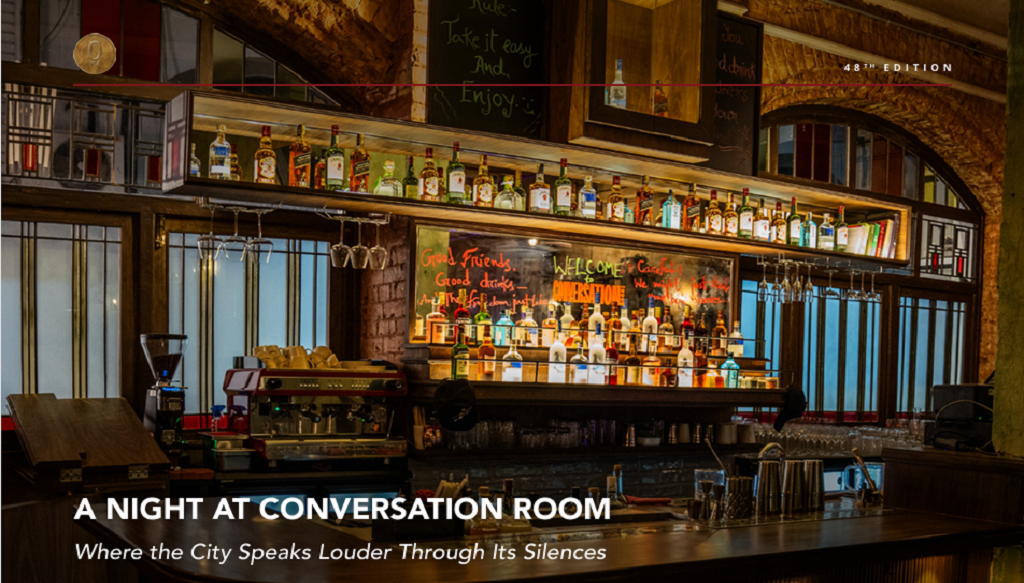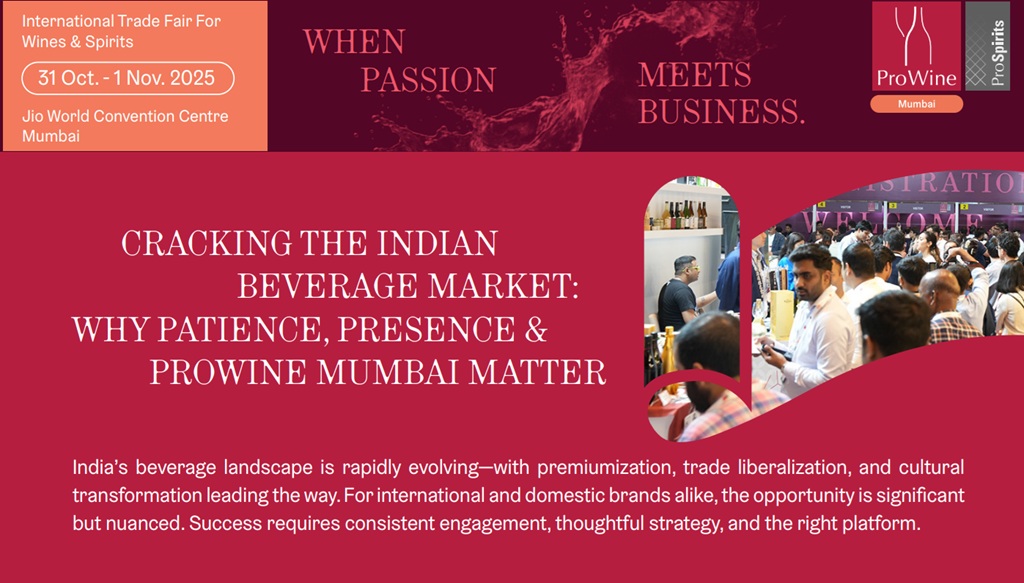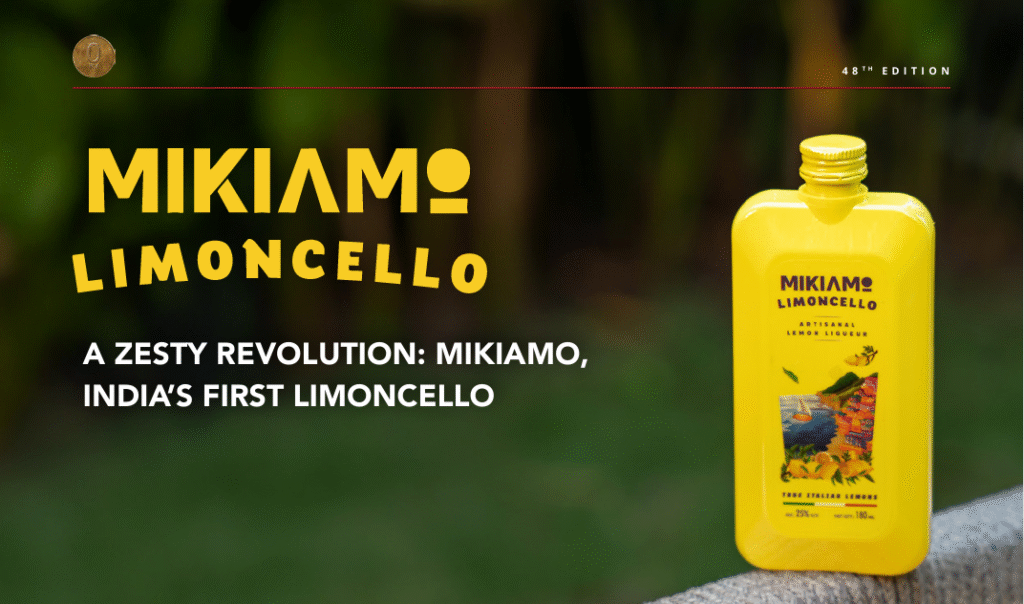E&A Scheer Just a few years ago, telling a serious collector that rum could rival a premium single malt would have earned you a pitying look. Today, however, rums such as Holmes Cay’s Infinity, priced around £1,500, and The Last Drop 1976 Very Old Jamaica Rum, fetching over £3,000, showcase the category’s soaring value. No longer perceived as Rum pirates’ grog, we shall explore how Rum has been transformed into the liquor industry’s most dynamic, innovative, and exciting premium category. Far more than marketing hype, a fundamental reimagining of Rum is driving a continued revolution in the category. Innovative techniques, sophisticated flavours, sustainable production, and stunning packaging: rum is indeed stepping into the limelight, and market trends reflect this momentum. The global rum market is forecasted to grow from $14.6 billion in 2024 to $15.41 billion in 2025, representing a compound annual growth rate (CAGR) of 5.5%. (Source: Research and Markets) This growth can be attributed to seismic consumer and industry shifts. Rum is being taken more seriously than ever, and these days, the experience is as much about sipping and savouring as mixing and shaking. The trend to premiumisation is driving demand for quality, craft, and aged rums, especially among adventurous millennials open to new experiences and unique tastes. The Asia Pacific rum market hit $7.31 billion in 2024, with India leading the way at $2.53 billion (34.6% of sales), and according to IWSR, it is projected to grow by an impressive 35% CAGR by 2030. India is set to become APAC’s second-largest premium plus Rum market, fuelled by a large population with rising incomes, and booming craft distilleries catering to urban, affluent consumers. The playground of innovation Distillers have seized this opportunity, experimenting with heritage sugarcane varieties, wild fermentation and even multi-barrel maturation. The results are challenging traditional preconceptions with myriad expressions worthy of contemplation rather than mere consumption. Rum also stands to benefit from the premiumisation of sectors such as ready-to-drink (RTD). Its quality and sheer versatility make it an ideal alternative to tequila and vodka as a base for RTD products. And with sustainability high on the consumer agenda worldwide, rum producers are responding with smarter and more sustainable practices, ranging from recycled bottles to fair trade initiatives, and to minimalist packaging. Rum Goes Global Originating from molasses waste on Caribbean sugar plantations, the first Rums were rough, potent, and mostly valued for preserving sailors’ health rather than satisfying their palates. The British Navy’s legendary ‘daily tot’, a tradition that continued as late as 1970, whereby every sailor was entitled to one eighth of an imperial pint (71 ml) of rum as part of their daily ration, cemented the drink’s reputation as functional rather than finessed. Think liquid courage rather than liquid art. How times have changed… From Philippine cane fields to Indonesian spice islands, producers are crafting a world of tastes and styles. Today, rum is thriving in dozens of countries around the globe as new distillers in unexpected regions add to the diversity of styles and flavours on offer. Let’s take Britain as an example. A nation of Rum drinkers? Sure. But distillers? Perhaps not. Yet a new generation of distilleries is producing some serious contenders, with many following a model shaped by the more traditional gin production process. On the other side of the world, Australia has seen a rapid increase in the number of Rum brands on offer. The US is also getting in on the act, experiencing a resurgence in rum distillation and consumption; after all, rum distilling was an indelible part of the North American economy during the colonial era. Japan’s entry epitomises this revolution, bringing its renowned precision and fermentation expertise to the table. Early releases suggest that some Japanese Rums could become as coveted as the country’s whiskies, sooner rather than later. It is fascinating to witness how rum production has expanded far beyond its traditional Caribbean roots. Each region brings its own terroir, techniques and traditions to really enrich the diversity of the category. From a procurement perspective, this evolution opens up exciting opportunities to source distinctive Rum profiles and support local producers worldwide,” Marjon de Haan, Chief Procurement Officer at E&A Scheer, says. Rum’s global expansion has crystallised around three common styles, each reflecting distinct influences and production philosophies: Spanish-style rum: pursues elegance through column distillation and extensive filtration. Brands like Diplomático and Zacapa exemplify this style: smooth, approachable expressions that prioritise refinement over raw character. The Spanish approach treats rum as a fine spirit first, party fuel never. English-style rum: embraces controlled chaos. Pot distillation and extended fermentation create ester-rich, funky expressions that celebrate rum’s wild side. Jamaican heavyweights are known for their vibrant, ester-rich profiles, which often split opinion. Some crave that tropical intensity. Others steer well clear of it. French-style (Rhum Agricole): represents purist philosophy. Using fresh sugarcane juice rather than molasses, producers in Martinique and Guadeloupe create grassy, terroir-driven expressions protected by strict appellation controls. Rum’s answer to single malt whisky is uncompromising, distinctive, and occasionally challenging. Crystal Clear to Liquid Gold: A World of Variety Modern rum’s range of styles and flavour profiles defies easy categorisation. From crystal-clear ‘light rums’, with their clean sugarcane character ideal for sophisticated cocktails, to decades-old ‘Caribbean rums’ that develop cognac-like complexity through tropical barrel ageing, the spectrum is vast and endlessly fascinating.Regional specialities add even more depth. Indonesia’s Batavia Arrack, technically distinct from traditional rum yet sharing sugarcane ancestry, uses local red rice in fermentation to create funky, fruity notes. Brazilian Cachaça and Martinique’s Rhum Agricole, both made from fresh-pressed sugarcane juice, offer earthy, grassy, and vibrant profiles that stand apart from molasses-based rums. The sheer variety of rum styles is part of its allure. Light or silver rum, typically distilled from molasses in a column still, is versatile, neutral, and a favourite in cocktails. Heavy rums, also known as high-ester rums, are robust and aromatic, prized both in drinks and in the flavour & fragrance industries. Aged rums, matured in wooden barrels for


